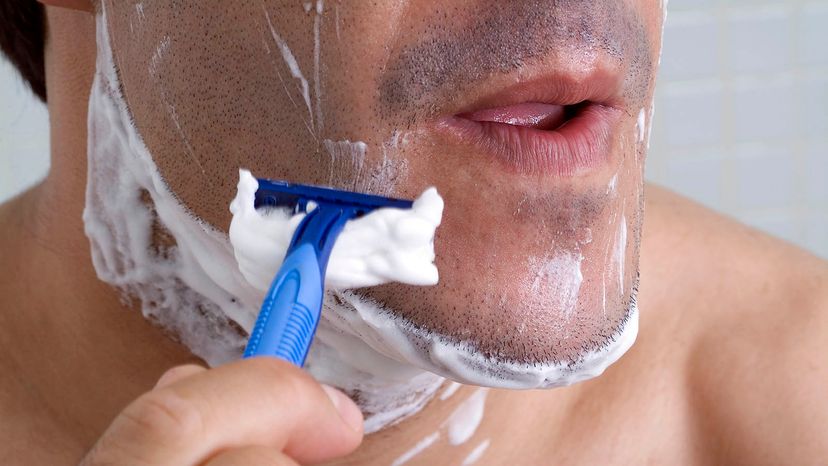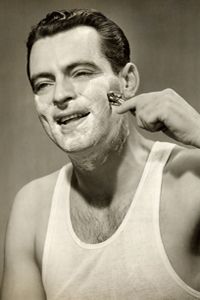What Roscioli and his co-authors on the study found was that chips in the blade's edge were more likely when the hair was able to bend before being cut by the blade. So the team went even further to create computer simulations with more variations: different hair, different cutting angles, direction of force being applied and the materials used in the blade.
They found that the chips appeared under three conditions:
- When the blade approached the hair at an angle
- When the blade was heterogeneous in composition
- When the hair met the blade at a weak point
"Our simulations explain how heterogeneity in a material can increase the stress on that material, so that a crack can grow, even though the stress is imposed by a soft material like hair," says C. Cem Tasan, the Thomas B. King associate professor of Metallurgy at MIT and a researcher on the study.
"Heterogeneous" means the blade's material is not perfectly uniform. There are microscopic imperfections that allow chips to happen when it comes into contact with a hair. And where there's one chip, there will be more chips, resulting in a dull blade.
The researchers are now working on a more homogeneous, or uniform, material for sharper, longer-lasting blades.



